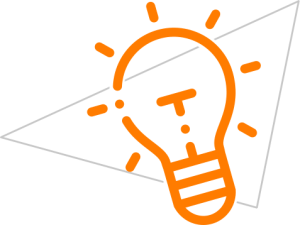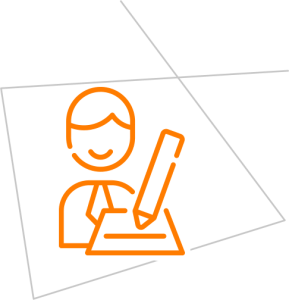Research Techniques
We work with numerous
techniques to find one that fits your needs.
Focus Group
What associations or sensations does a particular subject or product provoke?
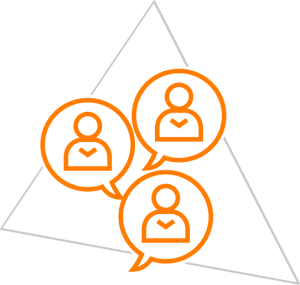
The focus group is a well-known research methodology and one of the most used in market research. The interaction of people is sought from the common relationship with the research object.
This research method allows a certain group of people gathered to freely explore a subject facilitated by a moderator, allowing perceptions and opinions of the participants to emerge when the subject is approached.
The analysis of group discussions considers, in addition to what was said in the debate, facial expressions and other positive and negative stimuli that tell us a lot. This methodology also allows customers to observe the discussion in loco or online, experiencing this dynamic and the content produced up close.


In-Depth Interview
Dive into individual depths, emerging with motivations, beliefs, attitudes and feelings about a given topic.

This research technique consists of carrying out individual interviews and aims to analyze the desired subjects in a deeper and more detailed way.
Through free questions, or guided by a non-structured script, the respondent is encouraged by a highly qualified interviewer to reveal motivations, beliefs, attitudes and feelings about a given topic.
The interview can be carried out in person, online or by telephone – depending on the specification of each study.
Ethnography
People act in a unique way and are directly influenced by their environment, space and social context.
This technique provides important knowledge observing people’s behavior in their environment, interacting with the various elements that make up such a space, as well as the different and changing roles present in each of them and the functions or meanings to which they are submitted.
By observing, participating and interviewing the “natives” in their real conditions of existence, we seek to understand and map the completeness of their lives and transfer what they have learned to the marketing point of view.


Creative Session
The collective imagination at the service of creating solutions for your business.
This methodology can be used both in B2C and B2B, translating inputs captured in research into creative stimulus to meet different business objectives such as communication, product development and brand positioning.
Through creative collaboration, it makes it possible to find:
• New ideas and concepts, making it possible to turn them into a product and/or service.
• The solution of a problem.
Semiotic Analysis
What do certain objects mean, language arrangements formed by the relationships between signs, colors, words, images distributed in a given format for a given audience in a given context?
The ability to understand the meaning, sense and interpretations attributed to signs, language arrangements and the ways in which these are disseminated in the various media that will be transmitted in messages, facilitates the creation of more effective strategies to reach the target audience. As well as favors identify and correct interpretations that are distant from the objectives of the brand, the product and its positioning, and also make it possible to act in favor of brand cohesion considering the various campaigns, on top of the multiplicity of modes of presence of the brand in the market, which guarantees acting effectively.
The application of semiotic analysis accompanying the life of brands and products is an action that contributes to obtaining a greater reach of a more effective and efficient result since it facilitates the identification of possible failures that cause noise in the study of packaging, labels, logos, communication, and other semantic fields related to brand attributes.

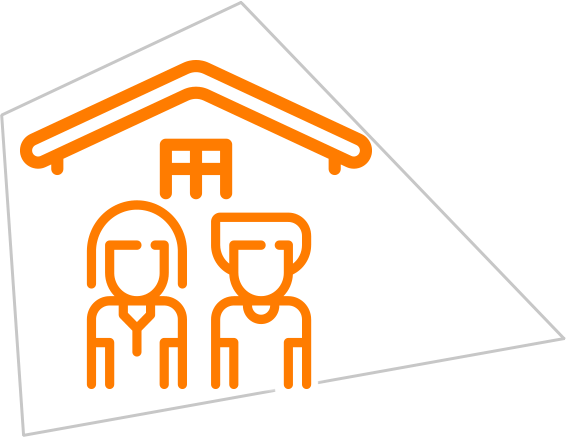
Home Visit
Experience consumer behavior within their habitat.
Immersion in the home and routine of the target being studied. The objective is to understand the relationships with spaces, objects and people, in addition to understanding their interaction with the products and services that make up the participants’ daily lives, generating insights and learning about categories, brands and their consumers.
This methodology also enables a rich experience for the customer, by providing a more direct connection with the final consumer.
Intercept
Efficiency in data collection, breadth and speed.
This methodology implies an approach made in places with large circulation of people, where possible respondents are.
After being qualified, they are invited to participate in the study in a controlled environment or respond wherever they are, in the midst of their daily activities around where they were approached. This method is recommended for quickly reaching specific audiences and for surveys that need wide geographic range.

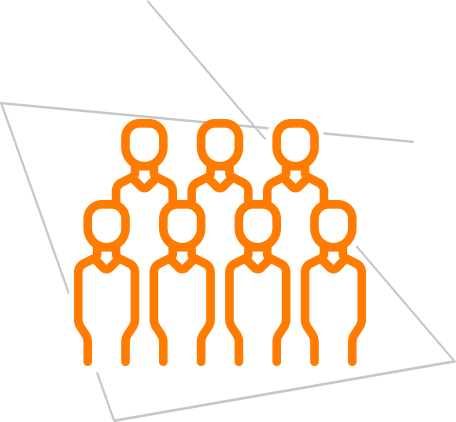
Gang Survey
With the environment adapted to represent a real situation, it is possible to provide sensory experience of prototyping products, concepts in order to capture feedback from users.
A space is created to represent a real situation of contact and experience with the product still being tested. In a room, a large group of participants responds to a quantitative questionnaire. Then, the group is introduced to the product, in general, a sensory experience (appearance, touch and smell) is included in this test. Finally, it expresses its opinions in a structured research.
This methodology is highly effective for testing new products and developing marketing strategies before launch.
Mystery shopper
Assuming the role of a customer of the establishment, the researcher enables a spontaneous interaction with the interlocutors in the environment.
Through this methodology it is possible to generate detailed data and feedback on the experiences lived as a customer.
Mystery shoppers and shoppers perform tasks associated with using services or the process of buying products: ask questions, file complaints, ask questions, or behave in a certain way. The researcher is trained in a visit protocol, and is chosen according to the consumer profile of the target establishment.
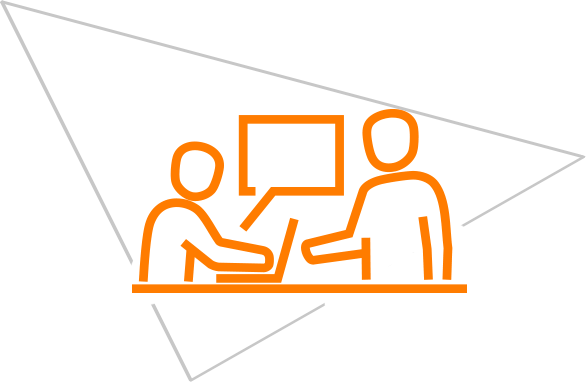

Usage Diary
Knowing usage habits and mapping routines help to provide insights about the consumer and their interaction with the market.
In this methodology, it is the user himself who makes notes in a usage diary from his natural or original environment of use.
Applied when it is necessary to know the habits of daily use of a product or service in certain periods of time. In addition, it serves to map usage routines with the aim of absorbing insights into the user’s life— which, in turn, serves as input for the ideation and conceptualization of new products or services.
Shop Along
The trump card is the shopper’s understanding of the buying process.
This methodology makes it possible to outline the buyer’s profile and their motivations, identify influencers in the decision-making process, analyze the entire trajectory associated with this process, including those associated with its planning, and identify present facilities and difficulties that may attract or serve as a purchase barrier.
Shoppers from the category to be evaluated are recruited so that they make a purchase accompanied by a moderator who will explore the purchase and the decision-making process for choosing that product.
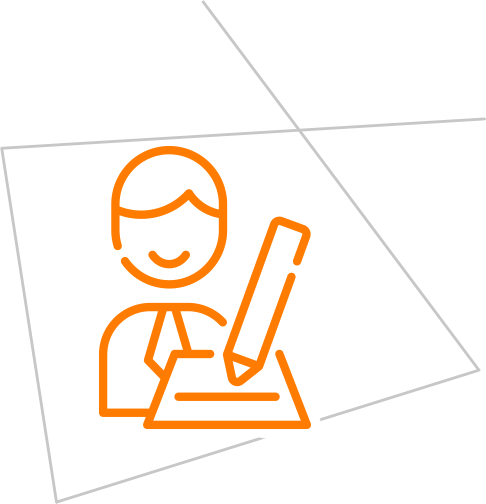

Usability Test
Show where and how difficulties in use arise and what are their potential solutions.
This methodology tests the usability of products, devices, packaging and mobile applications and websites. It allows observing the opinion of consumers and users on the design, operation, understanding and handling of the customer’s products, as well as those of competitors. It also makes it possible to identify user needs in terms of usage habits and usage context.
The study of an exploratory nature and practical test is developed through the use of the technique of personal interviews by structured script with open questions and tasks to be performed by the users. The exchange between user and moderator exposes in detail possible usage problems and generates ideas for reformulation of operating and design solutions.
Eye tracking
Knowing ocular behavior to guide positioning strategies, communication or activations in POS.
Eye Tracking is a methodology that tracks ocular behavior through the use of specialized cameras attached to glasses, allowing us to know which visual aspects or information consumers direct their eyes to.
It makes it possible to evaluate products, real mockups or mockups and real or virtual POS spaces, on the computer itself— different versions of labels and packaging, promotional material or advertising pieces, including films.
Used in conjunction with in-depth interviews, Eye Tracking has been a valuable tool for analyzing consumer behavior in a store environment, evaluating packaging alternatives, testing printed or video advertising material and evaluating the usability experience on websites.


Desk Research
Secondary data complement market studies.
Desk Research consists of a methodology that seeks to gather, compile and analyze data previously generated and collected by the government, by non-governmental institutions, entities, industries, associations, or companies. In short, bodies that have a bank of information available, in addition to publications that can assist in the production of the scenario that one is trying to understand.
Online Community
The use of the online channel, so present in the consumer’s daily life, is an efficient research tool.

Online Communities (bulletin board) allow collaborative environments for real-time interaction. In general terms, people are invited to meet on an online platform and discuss previously defined topics. There, they describe their experiences and learning about the focus of the study. Activities include quiz, open and closed questions, posting photos, images, emojis, videos, voice messages, exchanging ideas with other participants, among others.
In these communities, it is possible to extract impressions, perceptions and opinions of the participants. Enabling the creation of insights, driving innovation and gaining influence.

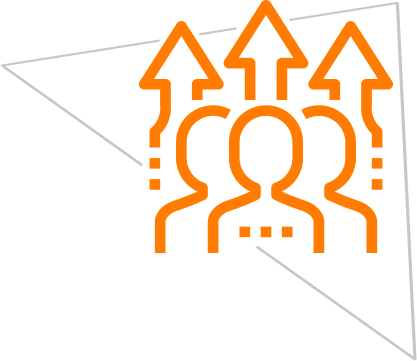
Net Promoter Score (NPS)
Can you imagine everything that can be done if you know the different degrees of loyalty and propensity to change your brands, products and services?
Currently considered the best customer satisfaction survey model in the world, the Net Promoter Score (NPS) is a methodology created to measure the degree of customer satisfaction and loyalty of companies in any segment. The metric is widely used by Demanda due to its simplicity, reliability and flexibility.
Product Implantation
Consumers test the product on a daily basis and we measure the impacts generated after use.
Once everyday life, habits and attitudes related to the same segmentation of the target product are contextualized, we introduce the client’s product into the consumer’s daily life for use and experimentation testing.
Through this methodology, we can identify its acceptability, aspects related to usability, need, frequency and time of use, satisfaction, strengths, pain points, intention to use, among others.
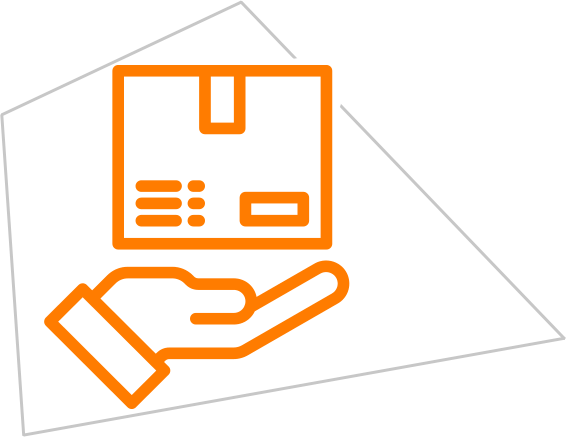
What challenges are you facing today?
Projects can seem complex until we talk, but then when we exchange our ideas, it brings out discoveries that define paths and enrich our results.
Allow us to contribute with the solution that your business needs.


